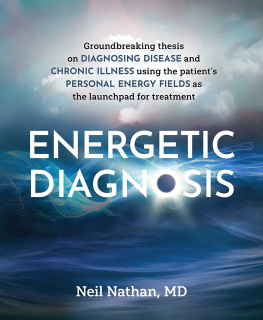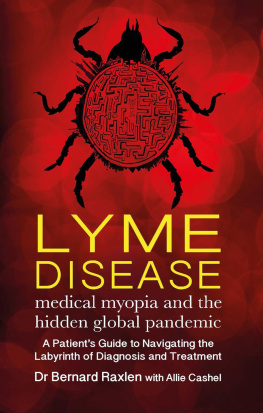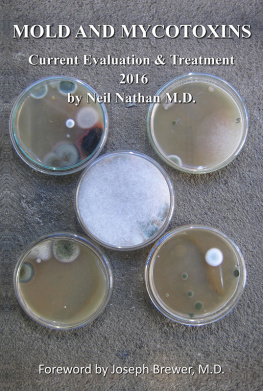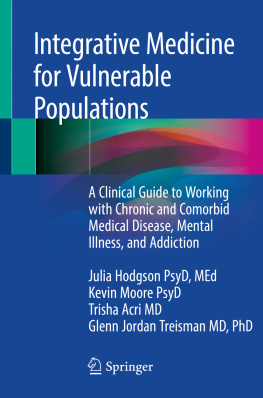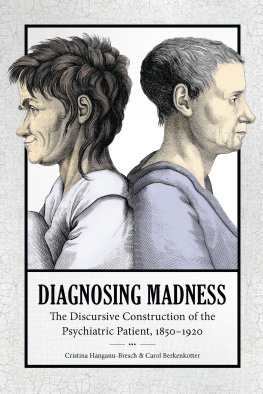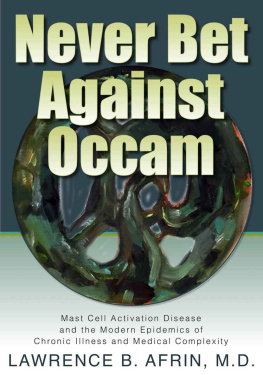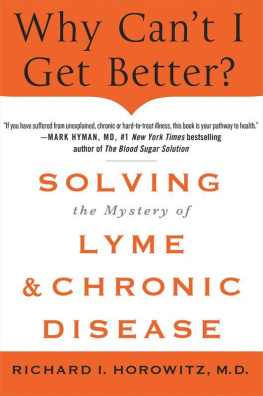First published in 2022 by Victory Belt Publishing Inc.
Copyright 2022 Neil Nathan
No part of this publication may be reproduced or distributed in any form or by any means, electronic or mechanical, or stored in a database or retrieval system, without prior written permission from the publisher.
ISBN-13: 978-1-628604-26-9
The information included in this book is for educational purposes only. It is not intended or implied to be a substitute for professional medical advice. The reader should always consult their healthcare provider to determine the appropriateness of the information for their own situation or if they have any questions regarding a medical condition or treatment plan. Reading the information in this book does not constitute a physician-patient relationship.
Cover design, interior design and illustrations by Yordan Terziev and Boryana Yordanova
Printed in Canada
TC 0121
TABLE OF CONTENTS





DEDICATION
GREET, PRAY, LOVE: Our Recipe for Nurturing and Sustaining Love
I said after the last book that I wouldnt dedicate my next book to my magical Cheryl, but how could I not?
The most sacred, special, enchanted moment of my day is when I hold my beloved Cheryl. We have created a kind of ritual around this holding. I get up a bit earlier than she does, and, after kissing her shoulder or back upon arising, I go into the kitchen and make coffee (after feeding the cat, turning up the heat in the house, and letting our dogs, Joey and Sasha, out). I bring her a cup of coffee, which she sips slowly as she wakes up, and then she comes into the kitchen for our embrace. I sit on a barstool and she nestles up to me. This creates a connection in which I can feel every part of her body snuggle into mine; we fit perfectly. As I savor this perfect moment, I am transported into a deeply appreciative, blissful state. I feel so nourished, so cherished, and so lucky that we can enjoy this embrace, which lasts anywhere from a few seconds to a minute or two. Although this is only a moment in time, I know, somewhere in the essence of my being, that this is the true experience of love.
Taking the time to do this every single day, as a ritual, reinforces our commitment to each other and to the importance of how we connect on every level. Words need not be spoken. As we are both strongly kinesthetic, it is our touch that binds us, again, to enjoy yet another day that we have to spend together. No matter what happens later, we have this moment; this unspoken sharing that sets the tone for a new day of perfect connection, which we endeavor to re-create as often as possible as the day evolves.

MEDICAL CARE
IS NOT WHAT IT USED TO BE.
When I was growing up, a general practitioner took care of our whole family. He knew all of us and was almost always available to attend to our medical needs. For most of us today, we may or may not know the person we see for our medical care. That person is likely to keep their back turned to us for the duration of our seven-minute appointment while they type information into a digital record. And if you call the office with a medical question, the staff may not get back to you for several weeks. Yes, there are wonderful exceptions, but for the most part, this is what modern medicine has evolved into. How did this come to pass?
In the late 1940s, with the arrival of antibiotics and vaccines, we were promised that the end of infectious disease was just around the corner. We were promised that the latest technologies combined with medical science were going to make illness a thing of the past.
Alas, we were misled. The microbes were far more intelligent and communicative than we realized and developed resistance to those antibiotics faster than we could develop new drugs. Our vaccines do not live up to their promises (with a few exceptions), yet they are promoted as critical to our health. For example, the flu vaccine is prepared in the spring, before the arrival in the fall of the next wave of a mutated virus that will create our next epidemic. There are approximately 3,000 strains of flu virus, and the vaccine is made against just four of those strains; these are the ones that the Centers for Disease Control (CDC), World Health Organization (WHO), and other collaborating medical facilities think will infect the most people in the coming season. A rough calculation shows us that there is a 1 in 1,000 chance that the CDC will guess correctly.
With the exception of H1N1, for which there was eighteen months of lead time, they have not made the correct predictions yet.
One of the most common causes of death in Americans is side effects from medications, and another is health complications during hospital stays.
Please dont get me wrong: I would not be alive today but for my five-day stay in a wonderful hospital with intravenous antibiotics and the intervention of a superb colorectal surgeon. For that I will be forever grateful. But somewhere along the line, we have lost our way. The physicians of the past and the native healers, without these technologies, were able to successfully treat many of the ailments that they attended to. In our current arrogance, we dismiss this as primitive.
Those healers took the time to get to know the folks who came to them for assistance and had learned, over many years of apprenticeship and study, to read the energies of those folks and help them. They did not have access to the wonderful technologies we do now. MRI scans, CAT scans, and PET scans can show us, with a fair amount of precision, what is going on inside the body. In our not-so-distant past, without those tools, native healers, shamans, medicine men, and physicians used their perceptual gifts, refined over many years of study and training, to relieve the pain and suffering of those who came to them for help. While many may view these administrations as primitive, they must have been somewhat successful, for we, as their descendants, are here to continue their lineage.
Given our love for new technologies and our increasingly limited time spent with patients, many physicians rely so completely on scans and tests that it is rare for a specialist (for example, an orthopedist or neurosurgeon) who is evaluating a patient with pain to examine that patient in anything beyond a cursory manner. Having been a pain specialist myself for thirty-plus years, most of the patients referred to me said that I was the first physician to physically examine them. Our reliance on technology has, in many ways, distanced us from the beings who come to us for healing. We are placing less and less value on the abilities to listen to and touch our patients and, accordingly, are overlooking a wealth of important information that we need to diagnose what is wrong with them.

